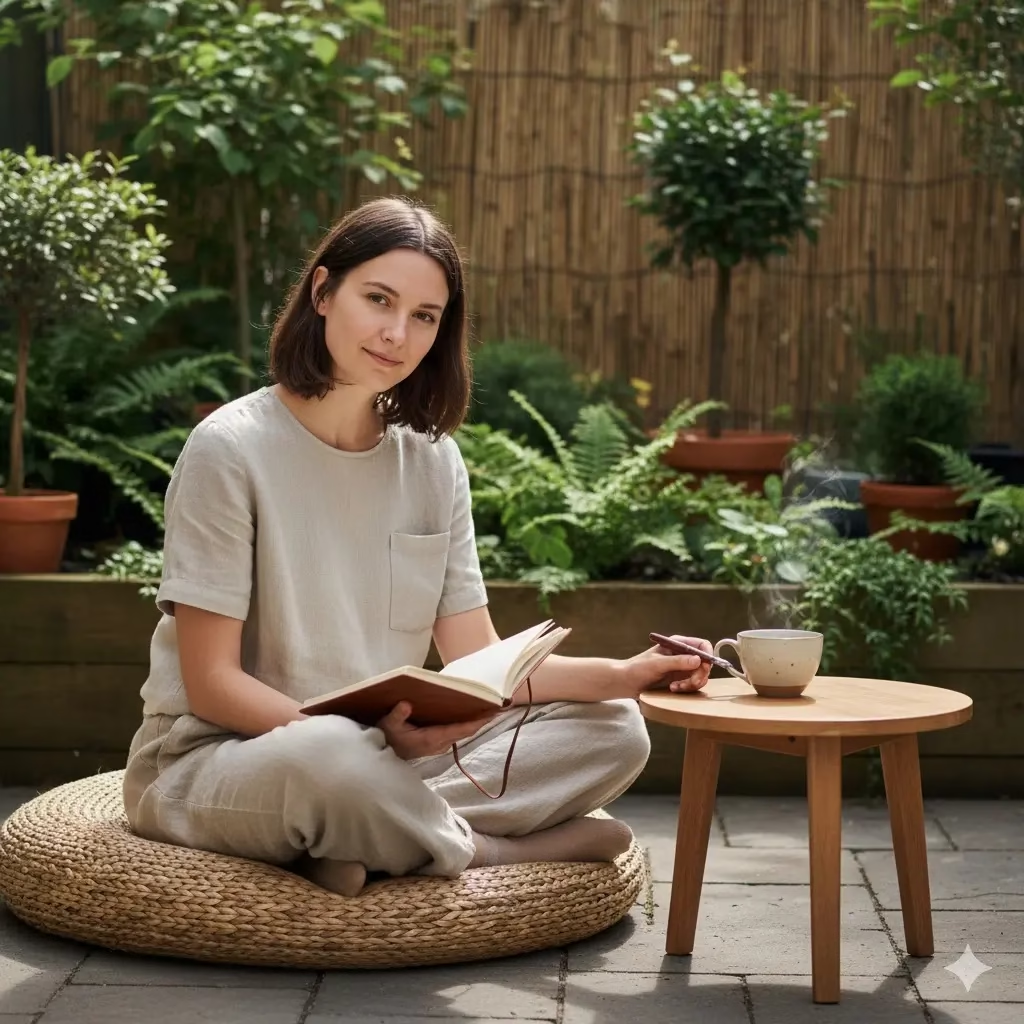
It’s easy to feel the struggle of a busy life, constantly juggling deadlines, family commitments, and the relentless ping of notifications. Like many, you may feel disconnected from nature, even while yearning for its calm embrace. Through hard work and a deep look into mindful living, many people have successfully transformed their own small urban spaces into peaceful havens. This article shares that journey and practical wisdom, offering guidance to help you find your own Breathing Space outdoors.
The Gift of Breathing Space: Cultivating Calm in Your Corner of Nature
In our fast-moving world, constant demands pull at our attention. Screens glow, alerts sound, and the to-do list seems to grow every hour. It is no surprise that many of us feel cut off from the natural rhythms that once guided human life. We desperately need a moment to stop, to breathe deeply, and just be. This desire for comfort is not just a brief wish. It is a basic human need. We can meet this need by planning and creating “Breathing Space”—a mindful connection with the outdoors.
This article is more than just about attractive landscaping. It is about changing your outdoor area, big or small, into a place that cares for your well-being. It is about building a personal spot where you can slow down. You can listen to your senses and practice mindfulness. This will ultimately improve your daily life and bring a deeper feeling of peace.
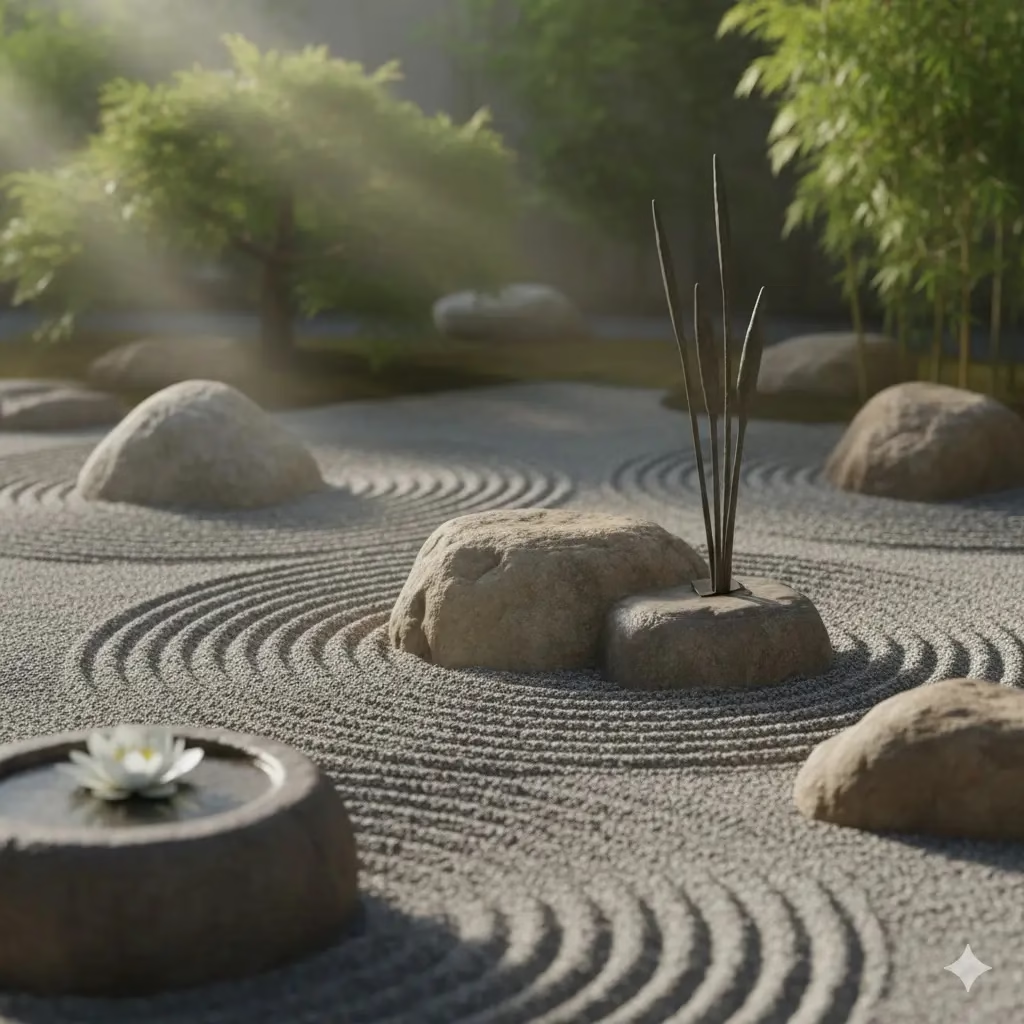
The Power of Outdoor Mindfulness: Why Breathing Space Matters
Before we talk about how to do it, let us look at the big reasons why. Mindfulness, which comes from old meditation practices, means paying attention to the present moment without judging it. When we apply this to the outdoors, it greatly increases the benefits of nature.
Many studies show that time in nature helps both the mind and body. Being in green spaces can lower stress, reduce blood pressure, lift your mood, and even improve how well you think. Nature has a strong healing power. When we mix this power with the focused practice of mindfulness, we create a strong cure for the stress of modern life.
Imagine stepping outside. Instead of quickly grabbing your phone, you purposely notice the warm sun on your skin. You hear the soft sound of leaves rustling. And smell the wet earth after a rain. You see the complex pattern of a spiderweb shining with dew. This is mindful action outdoors. It is a simple but deep change that can calm your nerves and bring you back to yourself.
Creating Your Breathing Space: A Step-by-Step Guide
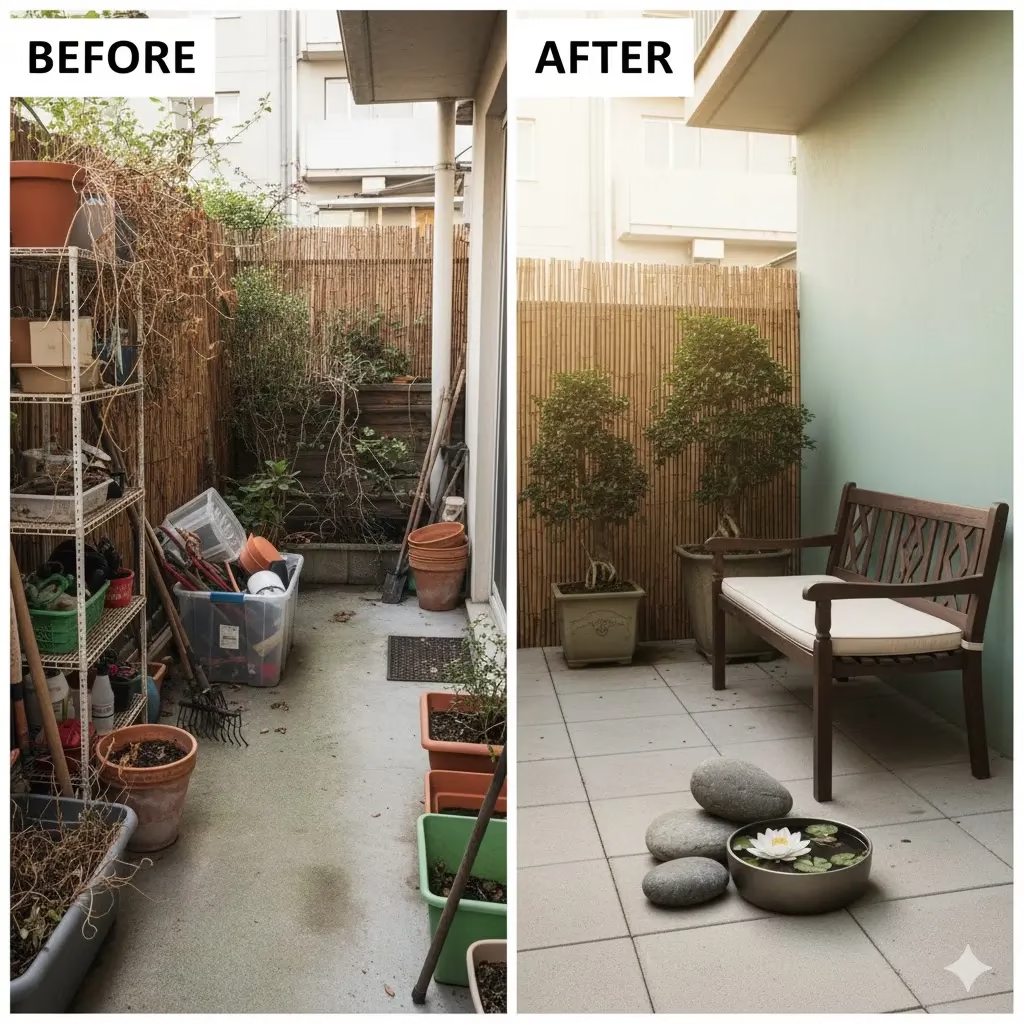
You do not need a huge estate or a lot of money to create your Breathing Space. It starts with a clear purpose. You must be willing to see your outdoor area as a canvas for calm. This is true whether your space is a tiny balcony, a small backyard, or just a windowsill.
Step 1: Define Your Purpose – What Do You Want to Feel?
Before you plant anything or move any stones, ask yourself this: What do I want to feel in this space? Do you want a quiet place for morning meditation? A bright area for careful gardening? A place to enjoy a cup of tea in calm solitude? Your purpose will guide every choice you make next.
- Example: A busy person might focus on a small, neat corner with a comfortable chair for quiet thought. A parent might focus on a safe, sensory-rich area where children can play mindfully with nature.
- How to do it: Get a notebook and brainstorm. Write down words that describe your ideal feeling (e.g., peaceful, lively, calm, energized). Make quick sketches of your ideas. Write down everything that comes to mind.
Step 2: Clear Out and Keep it Simple – Less is Better

Clutter inside your home can create mental noise. Likewise, an untidy outdoor space can be distracting. A mindful outdoor space should be simple. This allows the natural elements to truly shine.
- How to do it:
- Remove distractions: Put away tools, toys, and anything that does not help you feel calm.
- Prune and trim: Tidy up plants that have grown too much. Remove dead leaves and branches.
- Create clear paths: Make sure you can walk through the space easily and safely.
- Think about storage: Buy nice, weather-resistant storage for things you need to keep outside.
Step 3: Engage Your Senses – The Core of Mindfulness
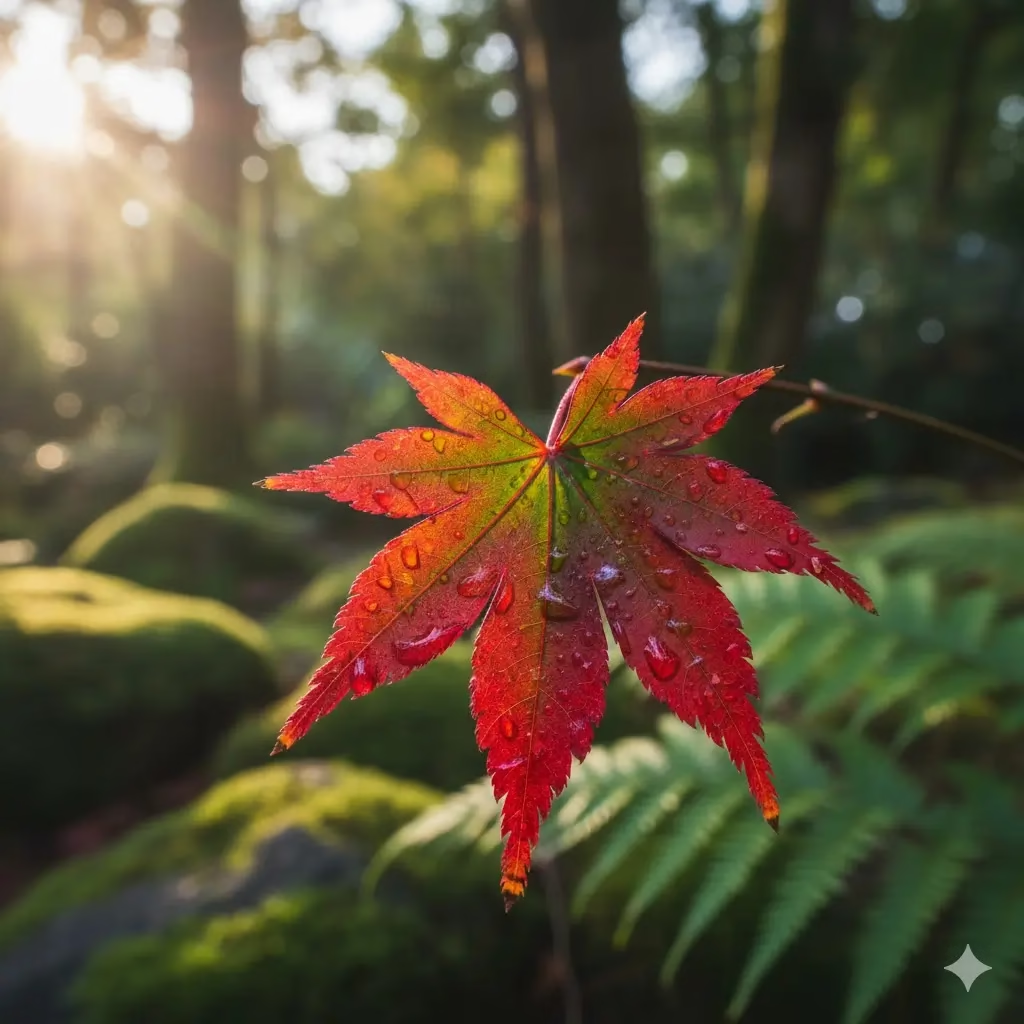
Mindfulness is noticing what your senses tell you. Your Breathing Space should encourage you to truly see, hear, smell, touch, and even taste the natural world around you.
- Sight:
- Natural focal points: A beautiful plant, a small water feature, or a group of interesting stones can catch your eye.
- Color choices: Use calming greens, blues, and whites. Use small splashes of color that are not overwhelming.
- Texture: Add different textures with plants, paving, and decorations (e.g., smooth pebbles, rough bark, soft grasses).
- Example: A Japanese maple tree offers amazing seasonal color. Ornamental grasses move gently in the breeze.
- Sound:
- Water features: A small, gently trickling fountain creates soothing background noise. This can cover up city sounds.
- Wind chimes: Choose chimes with soft, deep tones. Chimes made of bamboo or natural materials often sound best.
- Bird feeders/baths: Bring in birds, whose songs are naturally joyful.
- How to do it: Test different sizes and styles of water features. Listen to various wind chimes before buying.
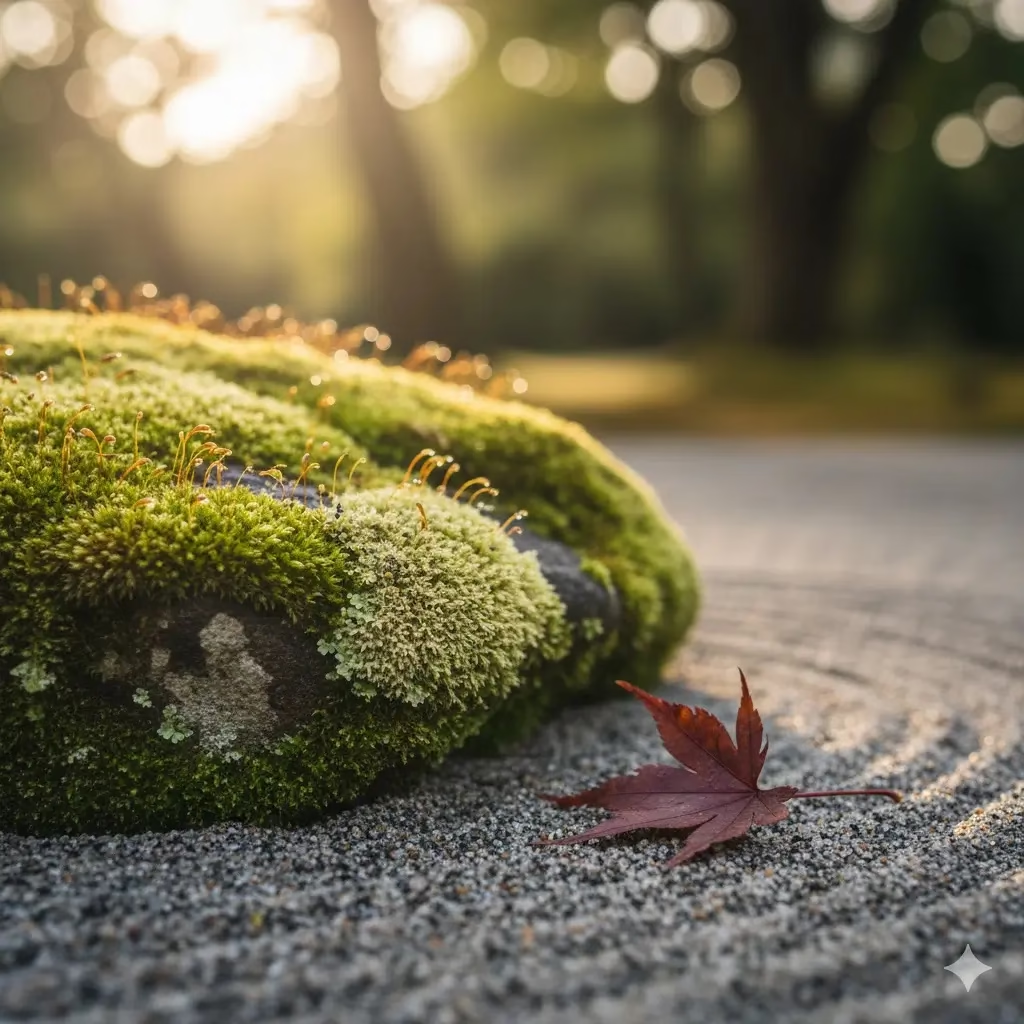
- Smell:
- Fragrant plants: Plant lavender, jasmine, honeysuckle, scented roses, and herbs like rosemary and mint.
- Woody aromas: Think about cedar mulch or natural wood features.
- How to do it: Plant fragrant types near where you sit or along paths so you will smell them often.
- Touch:
- Plants with texture: Lamb’s ear feels soft and fuzzy. Some grasses feel like feathers.
- Natural materials: Use smooth river stones, rough-cut wood, or cool concrete pavers.
- Comfortable seating: Choose materials that feel good (e.g., weather-resistant cushions, smooth wood benches).
- How to do it: If you have room, make a small “sensory path” with different textures under your feet.
- Taste (If you like):
- Edible plants: A small herb garden (mint for tea, basil for cooking), berry bushes, or a small fruit tree.
- How to do it: Use a small pot or raised bed for herbs and fruits that are easy to grow.
Step 4: Create a Seating Nook – Your Place to Stop

A special place to sit is very important. It helps you remember to stop and just be. This is where you will sit, think, and practice mindfulness.
- Be comfortable: Choose a chair, bench, or cushion that is truly comfy for a long sit.
- Location: Put it in a spot that has a nice view, privacy, or is near a focal point or sound element.
- Protection: Think about an umbrella, overhead covering, or a natural plant canopy for shade and shelter.
- Example: A simple wooden bench under a shady tree. Or, a single comfy armchair on a small balcony looking at potted plants.
- How to do it: Try out different seating. Think about where the sun hits at different times of the day.
Step 5: Add Natural Elements and Thoughtful Art

These pieces further connect your space to nature. They also allow you to express yourself.
- Stones and Rocks: These stand for strength and lasting quality. Arrange them carefully. Follow ideas of balance and unevenness (like the Japanese idea of ishigumi).
- Wood: Driftwood, simple benches, or wooden screens add warmth and a natural feel.
- Lighting: Use soft, gentle lighting for peaceful evenings. Solar lanterns, string lights, or subtle lighting can let you enjoy your space longer.
- Art: A simple, nature-inspired sculpture, a clay pot, or a patterned stepping stone. Choose pieces that bring calm, not excitement.
- How to do it: Start small. Just a few well-placed stones or one beautiful lantern can make a big difference.
Step 6: Welcome Imperfection and Natural Change (Wabi-Sabi)

A truly mindful outdoor space is not about being perfectly neat. It is about enjoying the beauty of nature’s cycles. This includes a leaf that is wilting, a stone that is aging, and the changing seasons. The Japanese idea of Wabi-Sabi celebrates flaws, short life, and the beauty of things getting old naturally.
- How to do it:
- Let nature happen (mostly): Do not worry about a few fallen leaves or a corner that is slightly messy.
- Watch things change: Take time to see the small differences day by day and season by season. This deepens your connection.
- Accept what is: Realize that your outdoor space is living and changing, just like you are.
Living Mindfully in Your Breathing Space: Daily Practices
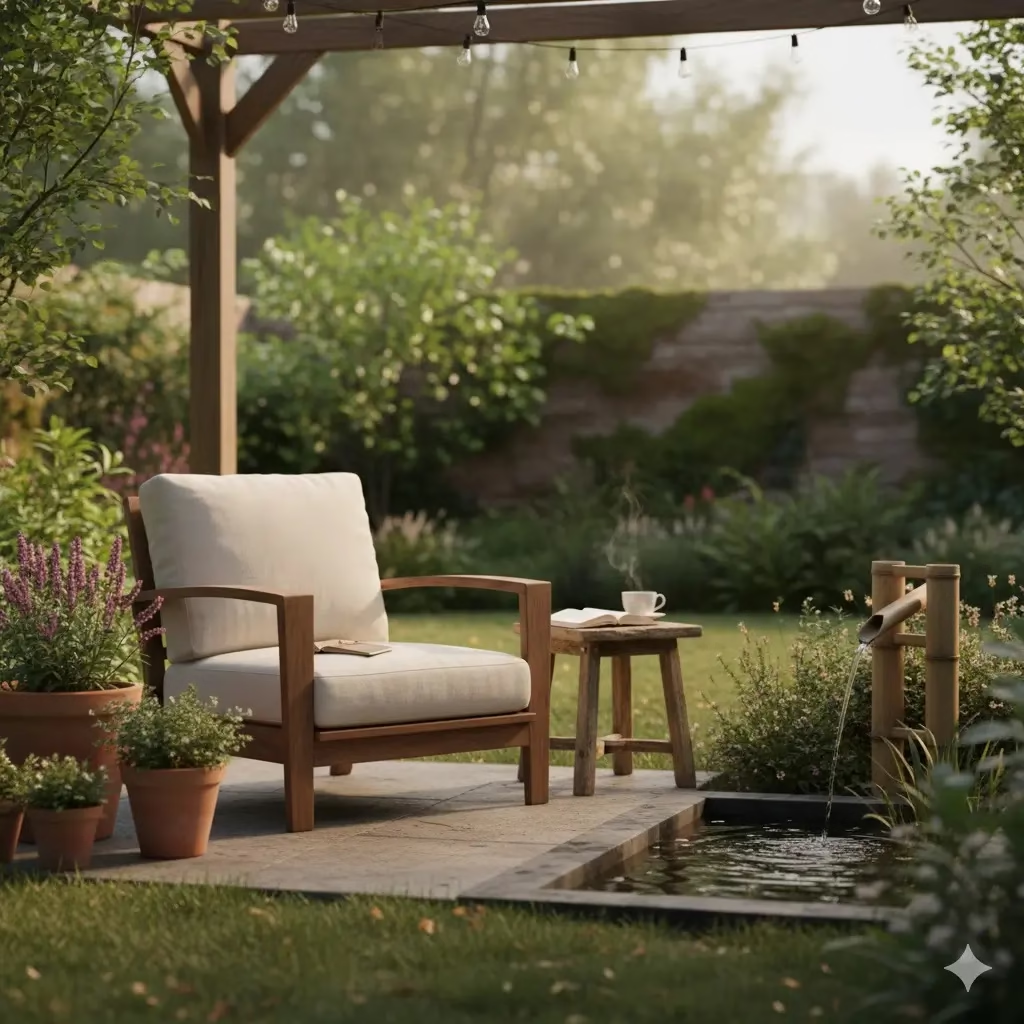
Building the space is only one part. The other part is using it to practice mindfulness on purpose.
- Mindful Observation: Just sit and watch. What do you see? And what do you hear? What do you smell? Notice these things without judging them or talking to yourself about them.
- Sensory Walks (Even Short Ones): Walk slowly through your space. Pay close attention to each step. Feel the ground. Notice the air touching your skin.
- Mindful Gardening: Use all your senses when you water, pull weeds, or trim plants. Feel the soil, smell the plants, listen to the sounds. This turns the work into a kind of moving meditation.
- Outdoor Journaling: Use your space to inspire your writing. Write your thoughts, things you are thankful for, or just describe what you see.
- Mindful Eating/Drinking: Enjoy a meal or a cup of tea. Be fully present to the tastes, smells, and the outdoor setting.
- Simple Breathwork: Practice slow, deep, conscious breathing. Breathe in the fresh air, breathe out any tension. Let your breathing match the rhythm of nature.
Small Spaces, Big Impact: Zen on a Balcony or Patio
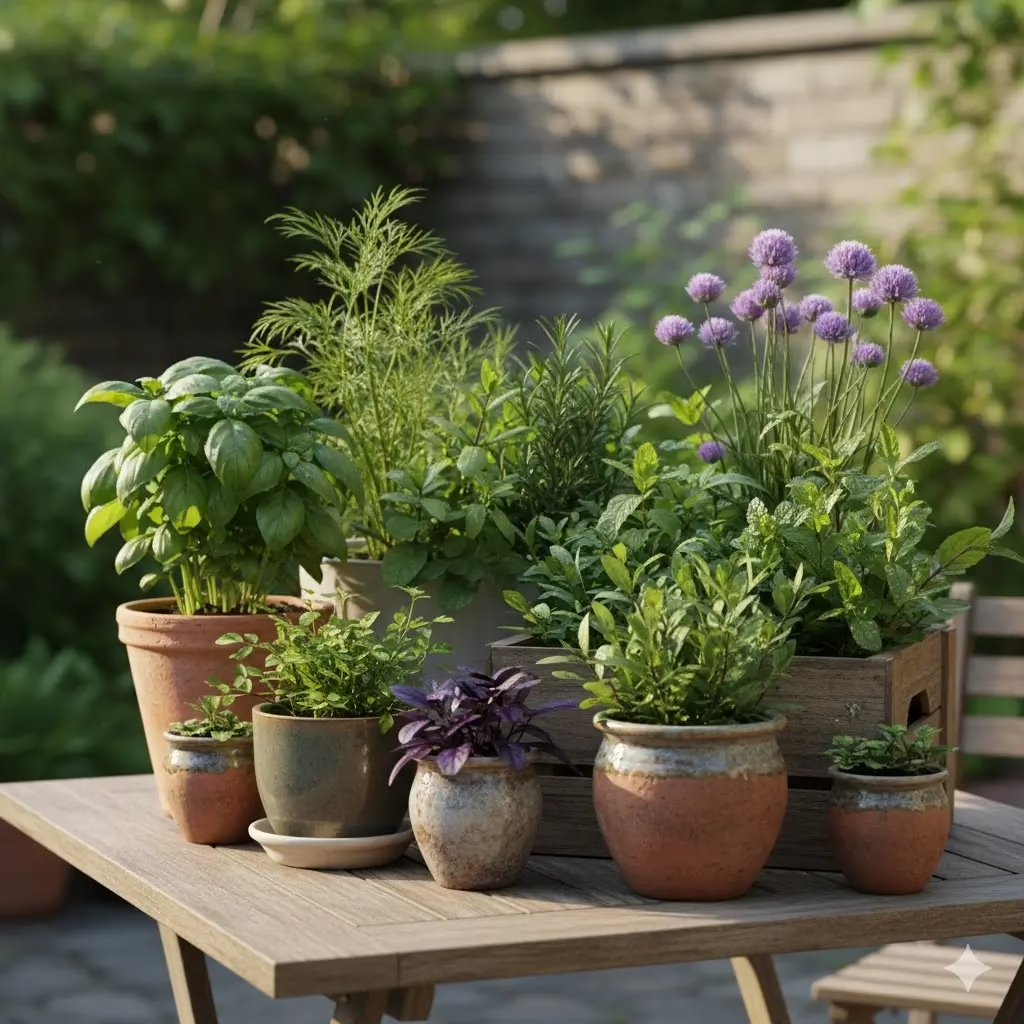
Do not worry if you have little room. Even the smallest outdoor area can become a powerful Breathing Space.
- Vertical Gardening: Use wall planters, hanging baskets, and shelves to fit in the most greenery.
- Container Plants: Choose plants that grow well in pots. Vary their height and textures.
- Portable Pieces: A small fountain, solar lights, or a comfortable floor cushion can quickly change a space.
- Miniature Zen Gardens: A tray with sand, small rocks, and a tiny rake can be a focus point for meditation.
- Privacy Screens: Bamboo screens or climbing plants on a trellis can create a sense of privacy.
Conclusion: Your Continual Journey of Connection

“Breathing Space” is much more than just a location. It is a practice, a way of thinking, and a constant invitation. It asks you to reconnect with yourself and the natural world. By designing your outdoor areas carefully and using them on purpose, you create quiet moments that feed your soul, reduce stress, and improve your total well-being.
Start today, no matter how small. Step outside, take a deep breath, and let your outdoor sanctuary gently bring you back to the present moment. Your personal journey to living more mindfully outdoors starts right now.
FAQ Section
Q1: Do I need a large garden to create a “Breathing Space”?
A1: No, not at all! The ideas behind “Breathing Space” work for any outdoor area, even a small one. A balcony, a patio, a tiny courtyard, or even a window box can become a mindful place with clear purpose and design.
Q2: What are the most important things for a mindful outdoor space?
A2: While many things help, the most important are a comfortable place to sit, sensory items (like scented plants or a small water feature), and keeping the area mostly free of clutter. Your main purpose for the space is also key.
Q3: How often should I use my Breathing Space to feel the good effects?
A3: Even short, regular times can help a lot. Aim for 10 to 15 minutes every day. You could sit there with your morning coffee or for a quick meditation. The secret is to be present and consistent, not to spend long, infrequent hours there.
Q4: I live in a city with a lot of noise. How can I make a peaceful space?
A4: Water features are great for drowning out city noise with calming sounds. Planting dense bushes or putting up a privacy screen can also help soak up sound. Focus on making one private zone where you can escape.
Q5: What are some low-maintenance plants for a mindful garden?
A5: Try succulents, decorative grasses, hostas (for shade), lavender, rosemary, and many plants native to your area. Once they are established, these plants often need less water and care. This lets you relax and enjoy the space more.
Q6: Can children help create and use a Breathing Space?
A6: Yes! Having children help plant, water, and practice mindful observation is a great way to teach them about nature and focus. You could make a small sensory patch for them or ask them to identify different smells and sounds.
References
- Morvelle – Five benefits of outdoor living
- NIH – The health benefits of the great outdoors: A systematic …
- APA – Nurtured by nature
Recent Posts


